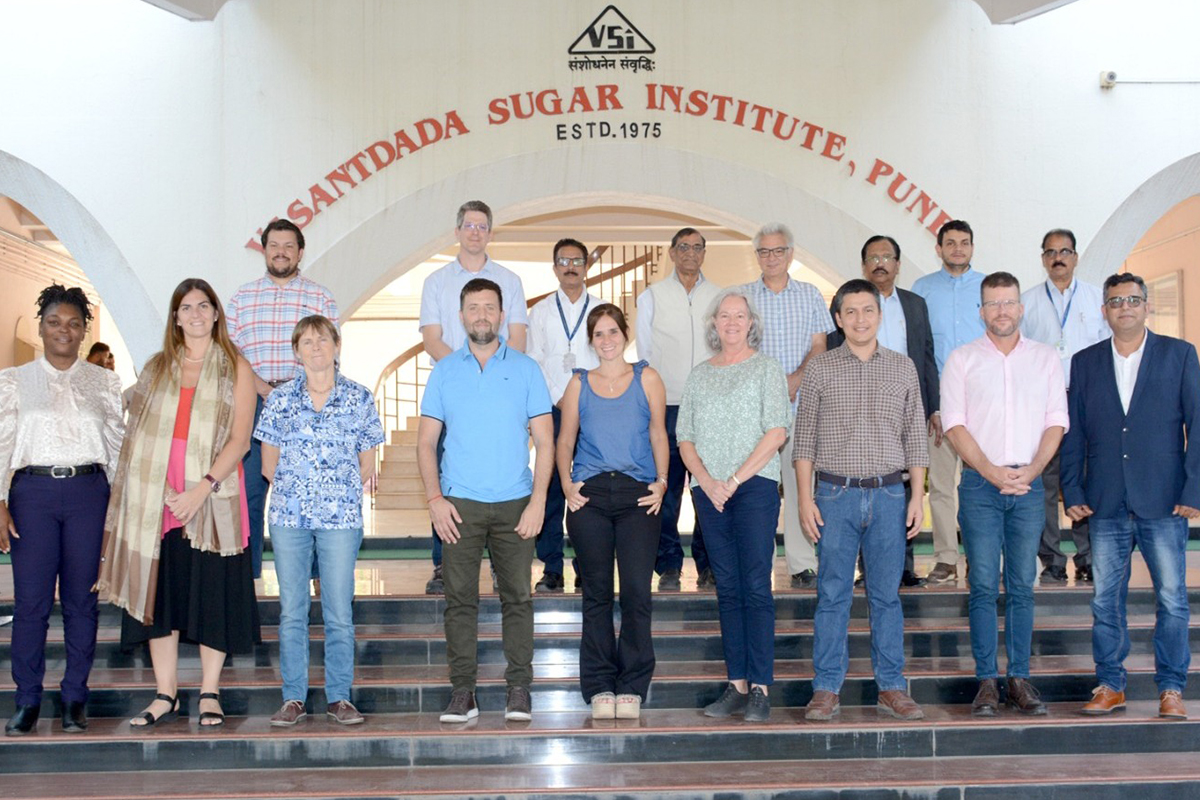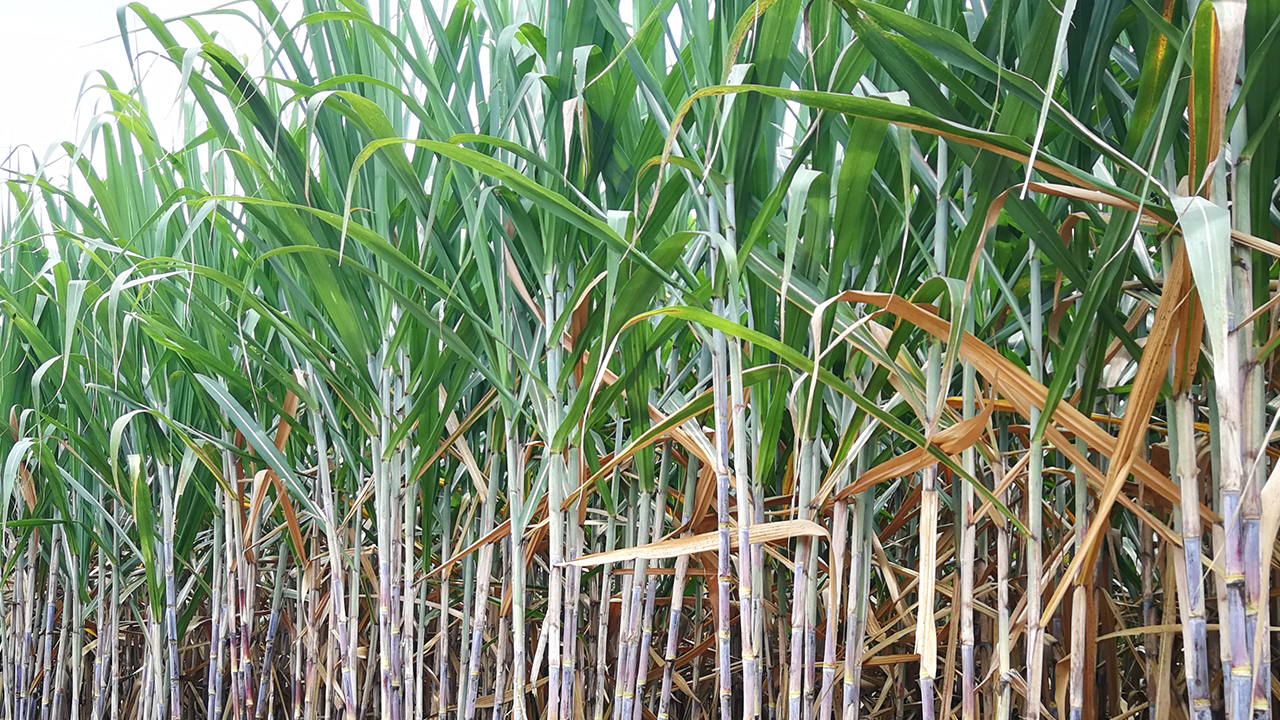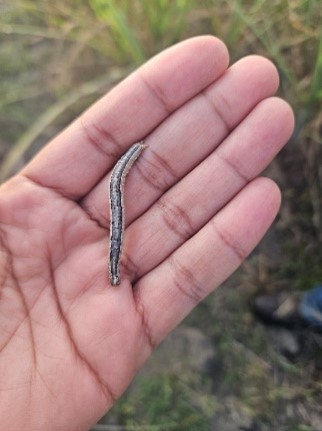Gene editing is a tool that since its inception in 2012 has had implications mainly in medicine and agriculture. Because it helps treat genetic diseases and the development of more resistant crops. Taking into account the potential of this tool, in this blog we want to tell you: What is genetic editing? Why does agriculture need gene editing? What crops have been developed with genetic editing?
The genome of a plant is the entire genetic material or DNA of that plant. Just as a book contains information that defines a story, in the genome there are paragraphs or sequences that define characteristics and functions of an organism; these sequences are known as genes. It has been shown that small modifications in the sequence of a gene generate changes in the physical characteristics of the plant such as height, stem diameter, color, increase in productivity, resistance to pests and diseases, among others.
Conventional genetic improvement seeks to generate changes in the genome sequence randomly through crossing, until obtaining a variety with desirable genetic characteristics. Just as paragraphs in a book can be edited and corrected for errors, scientists can edit and correct genes using gene editing techniques such as CRISPR/Cas9. This technique works like genetic scissors that cuts the DNA in a specific gene. After the cut, an insertion, loss or substitution of the nucleotides or letters of the book is generated. In this way, CRISPR/Cas9 allows scientists to make changes to the sequence of a gene with extreme precision and develop improved varieties with agronomic characteristics of interest.
- Solutions
field
harvest
factory
climate

- CC varieties
- Publications
- Events
- #WorkYesHay
- About us

We are science dedicated to discovering the possibilities of sugarcane, we are a platform for new opportunities for sustainable progress and we create value for industries.
The use of this site is subject to express conditions of use. By using this site, you accept the Confidentiality clauses and our personal data processing policy.
Committees
- Field
- Harvest
- Factory
- Transfer
- CAT













